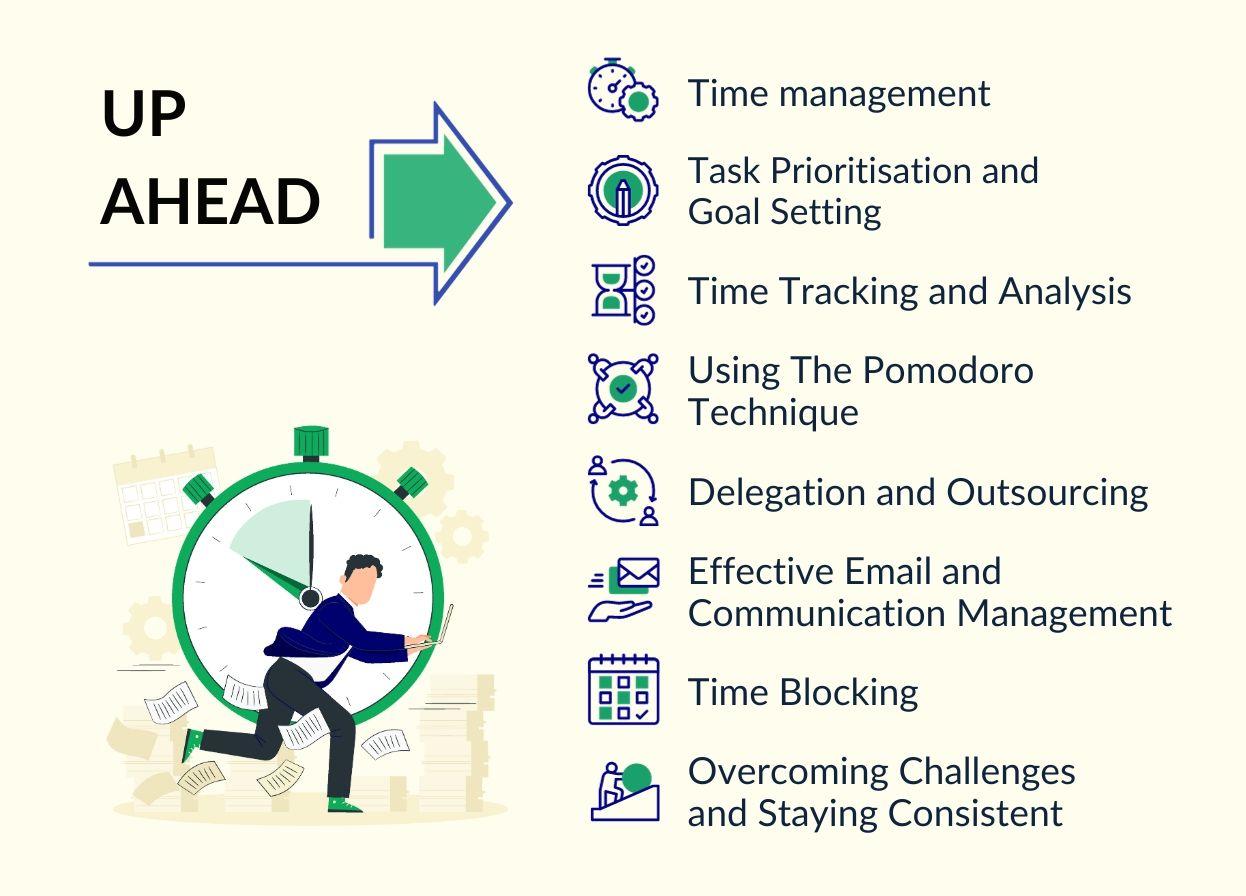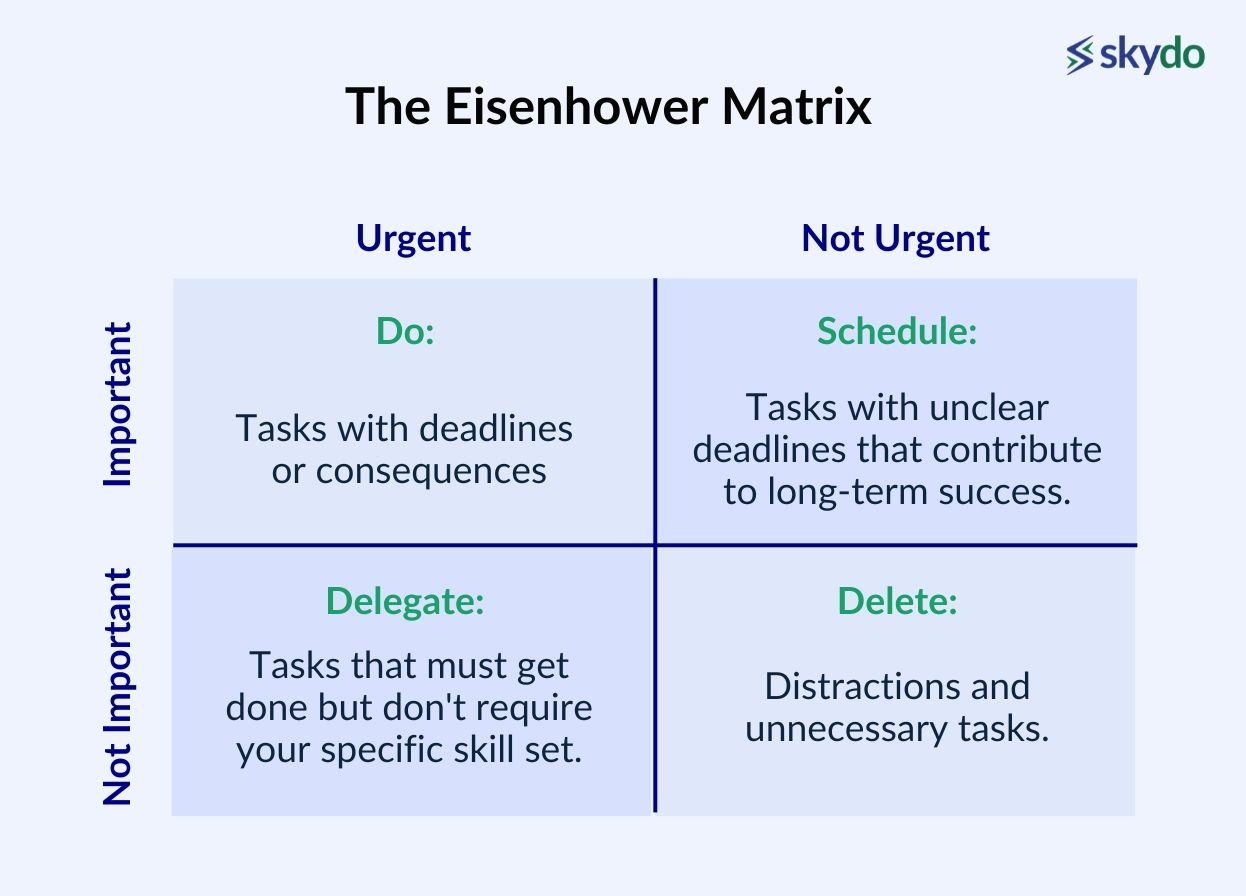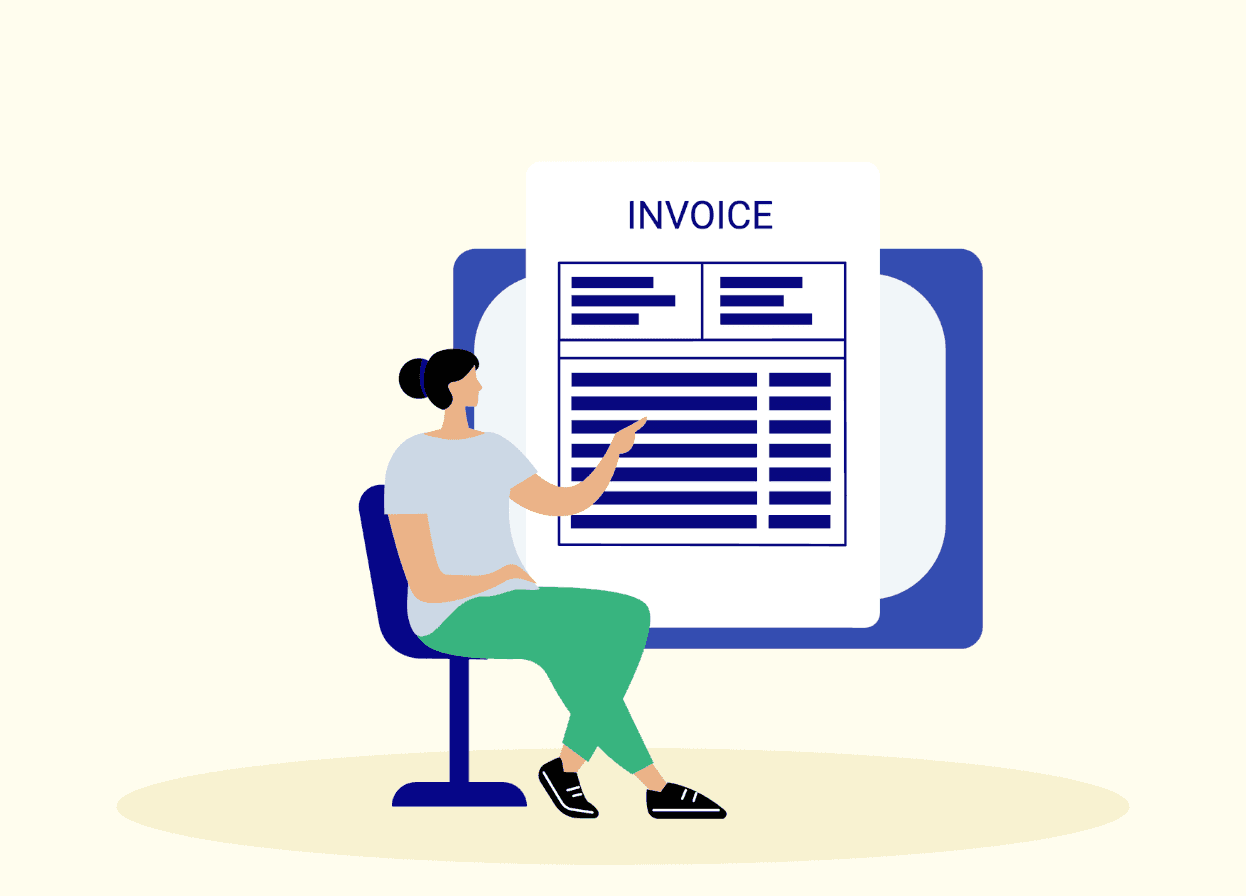6 Effective Time Management Techniques for Business Owners


You're the founder of a thriving business, juggling multiple responsibilities day in and day out. Your inbox is a never-ending stream of emails, your calendar resembles a colorful puzzle with every hour blocked off, and your to-do list grows faster than you can check things off. You're constantly bombarded with urgent demands and exciting opportunities that seem impossible to pass up.
As a business owner, you're well-acquainted with the exhilarating rollercoaster that entrepreneurship can be. It's a world where every task appears to be of utmost importance, where time is a precious and finite resource, and where the line between urgent and essential is often blurred. Amidst the chaos and excitement, the struggle to manage your time effectively can become all too real.
Many founders, like you, find themselves in this very predicament. As visionaries, innovators, and risk-takers, you thrive on the excitement of chasing new opportunities. Yet, in the quest for growth, the critical skill of time management is considered in passing. As a result, you tend to feel constantly overbooked, unable to prioritise, and, at times, overwhelmed by the weight of your ambitions.
But here's the good news: Effective time management techniques are a skill that can be cultivated, and it's the key to not only surviving but thriving in the world of entrepreneurship.
Executives who wield their schedules with precision can seize opportunities. However, mastering this art requires more than just a well-organised calendar; it's about aligning actions with priorities, allocating resources judiciously, and adapting to the ever-shifting currents of the market.
Time management can grant you those extra hours you always wish to have while managing your business. There are many strategies to plan your schedule and optimise time utilisation. Read on to learn some of them.
1. Task Prioritisation and Goal Setting
Employee appraisals, technical issues, customer service concerns, and hundreds of other tasks require your attention each day. Amidst all the hullabaloo, how should you sort and prioritise your tasks?
Figuring out what tasks to work on and in the right order is a skill. One simple way is to anchor your daily objectives and targets to the long-term business objectives. By doing so, you never lose focus of your goals and can easily break them down into actionable tasks and milestones.
The Eisenhower Matrix can be a handy tool to divide your tasks based on their importance and urgency and overcome our natural tendency to focus on unimportant tasks. Reschedule, delegate, and outsource tasks based on their importance. The matrix can help you differentiate between important and urgent tasks for better time management.

Important tasks form the core of the business and its objectives. However, urgent tasks might demand immediate attention and can often relate to someone else’s goals.
2. Time Tracking and Analysis
A survey found that 40% of employees don’t track time spent reading/replying to emails. Businesses incur losses worth $52,500 per employee annually for the untracked time spent on timesheets to bill clients.
Similarly, most businesses never track the time spent in meetings, discussions, record-keeping, paperwork, etc., and costs thousands of dollars. You can prevent this leakage easily through time-tracking tools.
A few of the popular time-tracking tools that you can opt for are Toggl Track, HourStack, Timely, TrackingTime, RescueTime, etc. Time is your most valuable resource; tracking it is essential, but so is planning it smartly. You can try this calculator to quickly convert hours, minutes, and seconds, helping you optimise your schedule.
Time-tracking tools help improve employee productivity and identify workflow issues to reorganise tasks and recognise top performers.
Pro Tip: Time tracking doesn’t mean micromanaging tasks.
Time-saving tools help make data-driven decisions and avoid disruptive check-ins to save your team’s valuable time. At the same time, these tools help to boost accountability, manage workloads, and preserve valuable revenue.
You can monitor your employees’ daily activities and time spent on tasks, capture their performance with data-driven insights, and identify time-wasting activities or distractions.
Knowing how well each employee performs, you can precisely determine the resources required for each project. You can move underutilised employees to other projects and automate manual tasks to save time and effort.
Beyond tools, there are some great books on time management to read. There’s Cal Newport’s Deep Work, Tim Ferriss’s The 4-Hour Workweek, Brian Tracy’s Eat That Frog!, and so many more!
3. Using The Pomodoro Technique
The Pomodoro technique is a well-known time management method that business owners can use or practice in their organisation to improve productivity and efficiency.
The technique involves working for a stretch of 25 minutes followed by a five-minute break. The cycle continues four times, to be followed by a longer break lasting between 15 and 30 minutes.
Each work interval is a Pomodoro. This technique helps to build an effective relationship with time. The result is better productivity, lesser effort, routed actions, improved workflows, and the ability to manage multiple tasks effectively.
You can use the Pomodoro technique to set up your daily and weekly processes and efficient team settings. Slowly and steadily, by experimenting with multiple variations of the technique, you and your employees can find your optimal work-to-rest ratio.
To make it work for you, here are some top Pomodoro timer/productivity apps to consider.
Read the full article on Todoist to dive deeper into the Pomodoro Technique and discover additional tips and insights to supercharge your productivity.
4. Delegation and Outsourcing
You may be a jack of all trades. But, you must refrain from handling every facet of your business yourself. Delegating and outsourcing tasks leaves you with more productive time to spend on the core activities of your business.
Delegating involves assigning tasks to a team member or an employee within your organisation. Outsourcing, on the contrary, means hiring an external, third-party provider/agency to handle the tasks on your behalf.
Both methods bring efficiency, time-saving, quality improvement, and productivity to your work processes. However, delegating still allows considerable control over the tasks, unlike outsourcing, where you lose reins over how a task is being performed.
However, not all tasks can be delegated or outsourced. How can you recognise which one to delegate or outsource? Delegating tasks is helpful when you have a lot on your plate already or have a basic overview of how to get it done. Give clear-cut instructions and deadlines in that case or the other person to perform the task efficiently.
Outsourcing is an expensive affair and must be done with caution. Refrain from outsourcing tasks connected to your business’s core strength. Instead, consider outsourcing administrative work and non-core business functions like IT, recruiting, or marketing.
Finding reliable outsourcing partners or freelancers is a crucial step for the success of your outsourcing. Look for partners or freelancers with a good background, up-to-date technology, and skills who are keenly interested in handling the tasks on your behalf and delivering optimum results.
With proper delegation and outsourcing of tasks, you can ease the bumps in workflows, achieve better time management, and empower employees through task delegation.
5. Effective Email and Communication Management
Communication is an important part of your work setup, but handling emails at all times can be distracting. On average, employees spend 28% of their workweek reading and replying to emails. Employees are constantly overwhelmed by emails. But you can fix that using some proven email management tactics.
Allocate email time in your employee calendars. Using email filters and folders for your organisation is a healthy practice. Create separate labels, folders, and categories, and convert your organisation’s group email accounts into shared inboxes.
Follow the rule ‘Touch it once.’ This will help in reducing interruptions caused by constant email checking. Beyond email management, Implement concise and effective communication strategies, define channels, and use tools so that communication assists in smoother workflows rather than becoming a time-consuming task.
6. Time Blocking
Time blocking is a fine management technique where you divide your day into blocks of time, each dedicated to a specific task. Instead of randomly picking up tasks, booking slots in your daily schedule for performing different tasks will sort out half of your woes.
However, the catch here is to allocate tasks based on their priority and complexity. Build a concrete outline and stick to it. Balance focused work, meetings, and breaks, and at the end of each day, review the tasks undone and note down the time you spent on ad-hoc tasks.
Conduct weekly reviews to check whether your schedule gives you the productivity and much-needed breaks you need to deliver efficiently. Time blocking will help you eliminate the ritual of constantly choosing tasks to focus on. You already know what task comes next, and your mind would be already prepared for that.
Overcoming Challenges and Staying Consistent
Some common challenges with time management tips include low motivation, procrastination, overbooking, lack of organisation, etc. One of the biggest themes behind these challenges is finding the balance between productivity and well-being.
There can be two ways to overcome the barriers.
- Developing resilience in the face of unforeseen disruptions
- Maintaining a proactive attitude toward time management
Concentrate on one task at a time, follow the schedule while keeping it flexible, take enough breaks to feel rejuvenated, and celebrate achievements and milestones more frequently. By doing so, you will stay motivated and focused and make the best use of your time.
Conclusion
Task prioritisation, frequent breaks, communication management, using time-saving tools, delegation and outsourcing, and time blocking are some of the effective time management techniques you can adopt in your day-to-day schedule as a business owner.
Task prioritisation is based on the simple principle, ‘where your attention goes, your time goes.’ It won’t pay you to do a task well that never needed to be done in the first place.
Once you align your goals and manage your time well, you will see a positive impact on business growth and work-life balance. However, at the end of each day, it is your customisations and adjustments that will work wonders for effective time management.












